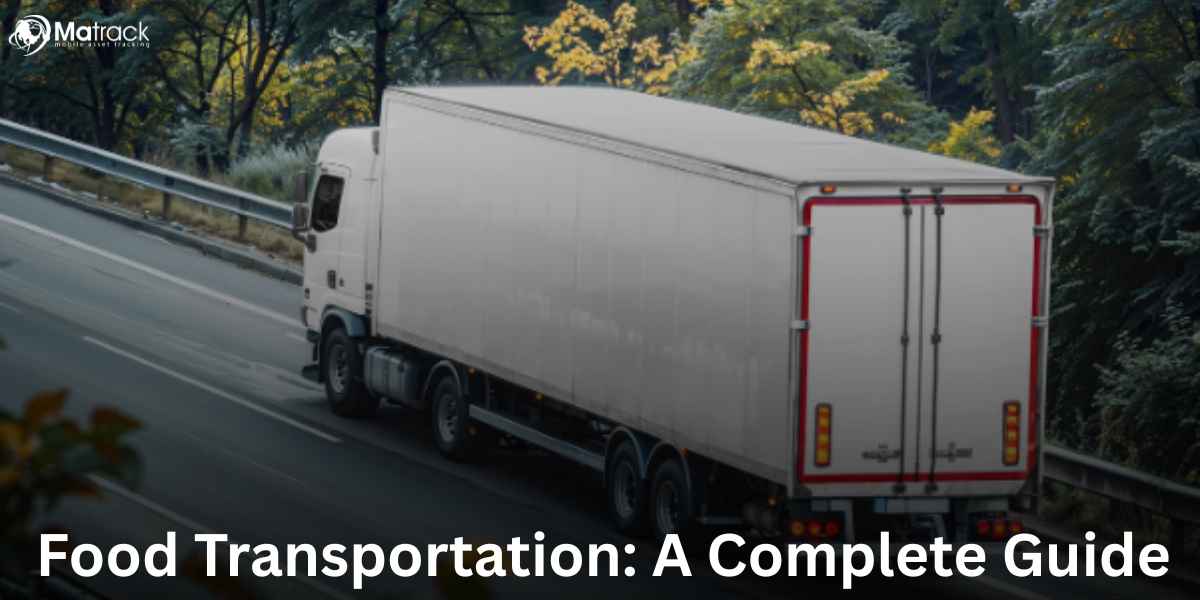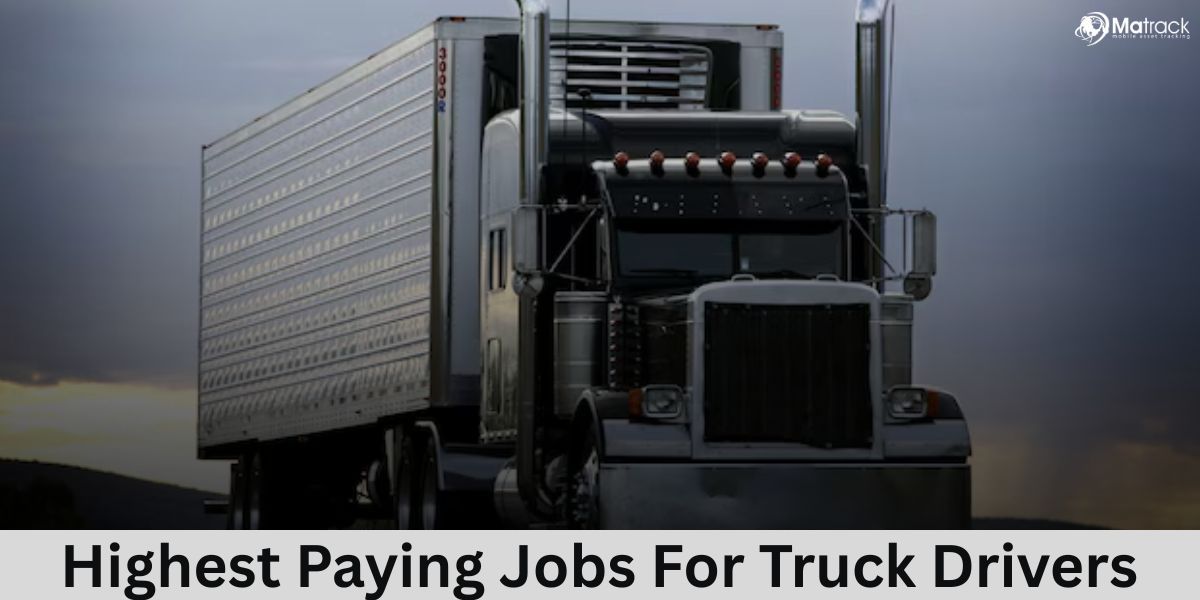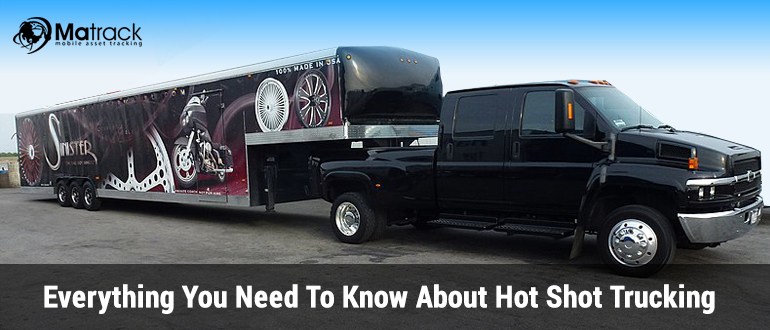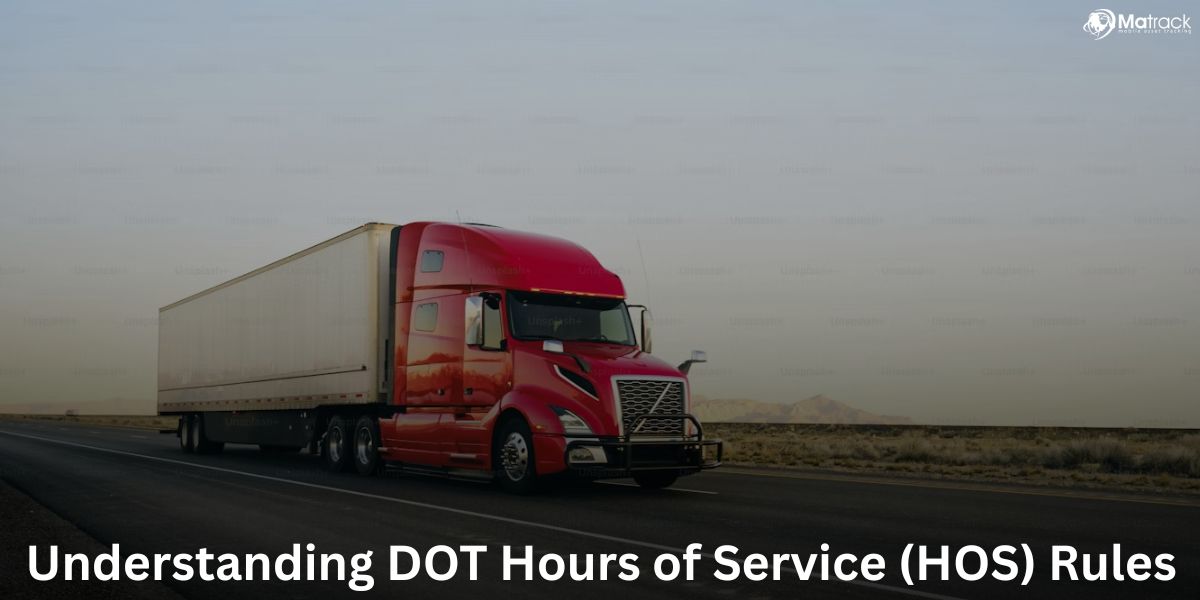Key Takeaways
- Food transportation begins at the farm and includes cleaning, packaging, cooling, and delivery to maintain freshness and safety.
- Issues like spoilage, temperature shifts, and poor infrastructure make reliable systems essential for moving food securely.
- Using cold storage, route planning, and proper hygiene helps reduce waste, cut costs, and improve delivery timing.
- Matrack’s GPS tracking strengthens food transport by offering real-time visibility, route control, and faster response to safety risks.
What is Food Transportation?
Food transportation is the process of moving food from the place where it is grown to the place where it is used or sold. This journey starts right after the food is harvested.
The process includes steps like cleaning, packaging, cooling, and shipping to make sure the food stays fresh. Each step plays an important role in keeping the food safe and ready to eat.
Food moves in three main steps. It goes from farms to factories, from factories to storage centers, and from there to shops or people’s homes.
What Are The Common Challenges Of Food Transportation?
- Short shelf life: Fresh foods like fruits, vegetables, and dairy spoil quickly if not handled properly. Even a few hours without cooling can lead to major losses.
- Temperature sensitivity: Foods such as meat, seafood, and milk need exact temperatures. Small shifts can make them unsafe to eat.
- Too many handling points: Food changes hands multiple times during transport. Each transfer increases the chance of damage or contamination.
- Global shipping complexity: Moving food across countries involves different laws and standards. These differences can slow down deliveries and add confusion.
- Fluctuating fuel prices: Rising or unpredictable fuel costs increase transport expenses. This makes budgeting harder for logistics teams.
- Urban delivery delays: Heavy city traffic causes delivery hold-ups. This can ruin foods that need to arrive fresh and on time.
- Sustainability pressure: There’s a growing push for greener transport methods. But eco-friendly upgrades require investment and long-term planning.
- Lack of rural infrastructure: Many rural areas lack proper cold storage or refrigerated trucks. This often leads to food spoilage before it reaches markets.
What Is The Best Way To Transport Food?
The best way to transport food is by keeping it safe, fresh, and protected at every step. This means using the right tools, methods, and trained people from start to finish.
Refrigerated Vehicles
Refrigerated trucks or containers keep food at the right temperature during travel. They are especially useful for meat, seafood, dairy, and frozen goods.
These vehicles slow down spoilage and reduce the growth of harmful bacteria. That helps keep the food safe until it reaches stores or customers.
Insulated Packaging
Insulated boxes and wraps help protect food from outside heat. They keep the temperature stable, even when the vehicle doors open.
This type of packaging works well for both short and long journeys. It adds extra safety for temperature-sensitive products.
Smart Route Planning
Planning the fastest and most direct route makes a big difference. Shorter travel time means food stays fresher.
Route management systems help avoid traffic delays and reduce fuel use. That saves money and improves delivery timing.
Real-Time Tracking
Tracking tools like fleet trackers and sensors show where the food is and how it’s doing. These systems send alerts if the temperature goes off track.
With real-time data, companies can fix problems before the food gets damaged. It adds trust and control to the whole process.
Clean Handling
Sanitation is key to keeping food safe during loading and unloading. Clean trucks, containers, and hands prevent contamination.
Following hygiene steps at every stop keeps the food in good condition. It also helps follow safety rules and standards.
Trained Staff
Transport workers need to know how to handle food properly. Training helps them understand how to load, store, and check the food.
When workers follow the right steps, the food stays safe and high quality. Their care and attention protect every delivery.
Benefits of Efficient Food Transportation
Efficient food transportation improves the entire supply chain. It protects product quality, increases delivery speed, and reduces overall waste.
Reduces Spoilage
Controlled temperatures and faster transit help keep perishable goods in usable condition. This means fewer losses and more products reaching their destination safely.
Improves Delivery Timing
Organized schedules and route optimization reduce delays. On-time arrivals help retailers keep shelves stocked and operations running smoothly.
Lowers Operating Costs
Better fuel use, vehicle fleet management, and route planning decrease unnecessary expenses. Efficiency reduces both short-term spending and long-term waste.
Builds Consumer Confidence
Consistent handling and reliable delivery improve customer satisfaction. People are more likely to trust and repurchase from sources that deliver fresh and safe products.
Strengthens Recall Control
Accurate tracking allows quick action during safety issues. If a product needs to be pulled, it can be located and removed without disrupting the full supply chain.
What Regulations Govern Food Transportation In the U.S.?
In the United States, food transportation is regulated by the Food and Drug Administration (FDA) under the Food Safety Modernization Act (FSMA). The law focuses on preventing contamination during transport by enforcing strict safety standards for all food-handling operations.
The Sanitary Transportation of Human and Animal Food Rule, part of FSMA, applies to shippers, carriers, loaders, and receivers involved in moving food by road or rail. It outlines requirements for temperature control, equipment cleanliness, vehicle design, and staff training.
All covered businesses must maintain written procedures, detailed cleaning logs, and temperature records. These regulations help ensure that food stays safe from the point of origin to the final delivery location across the U.S. supply chain.
Why Matrack’s GPS Fleet Tracker Is The Best Option For Food Transportation?
Matrack’s GPS fleet tracker helps food transport companies stay connected to their vehicles at all times. With real-time tracking and instant alerts for ignition status, towing, low battery, and speeding, it makes it easier to act quickly and keep the fleet secure.
The system tracks vehicle diagnostics, monitors driver behavior, and provides detailed reports on actions like hard braking and high-speed driving. This helps reduce fuel use, improve delivery timing, and avoid costly breakdowns.
Geofencing tools send alerts when vehicles leave assigned areas, adding another layer of control. The platform works across mobile and desktop, giving managers full access to routes, reports, and team settings from anywhere.



